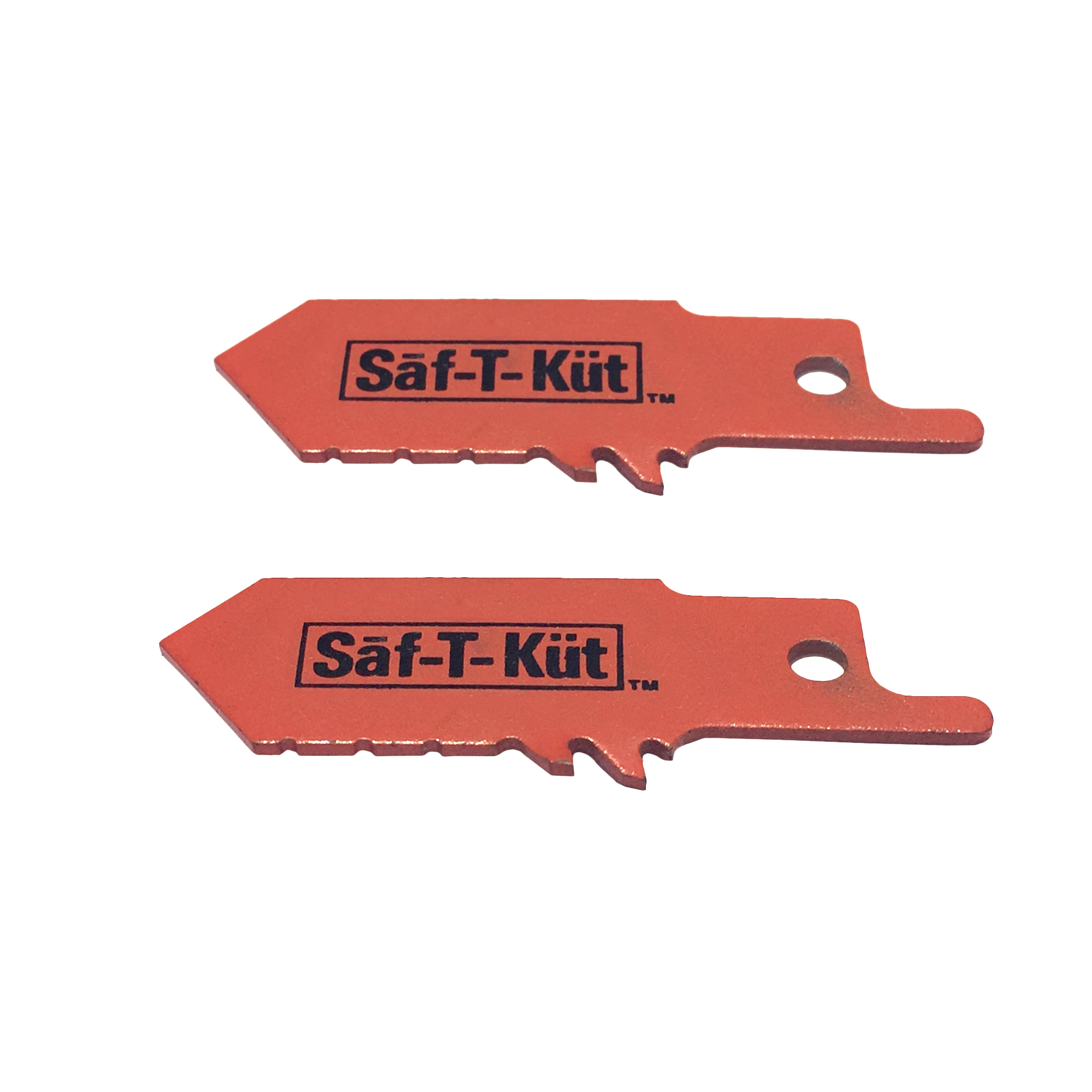Content
- Advantages and Disadvantages of the Completed Contract Method
- Completed Contract Method (CCM): Examples in Accounting
- What do these changes mean for contractors?
- Accounting Methods for Long-Term Contracts: Completed Contract Method, Percentage of Completion Method
- Which contractors are required to use the percentage-of-completion method?
The recognition of income and expenses on this work-in-progress basis applies to the income statement, but the balance sheet is handled the same way as the completed contract method. Current accounting guidance for long-term construction contracts is prescriptive and includes specific terminology and guidance for the construction industry. Contrast that with the new revenue standard which is a single standard – written to create consistent revenue recognition across multiple industries and transactions . The way contractors assess and evaluate contracts under the new standard will change as well as how construction companies can recognize variable consideration related to claim income and unapproved change orders. Significant additional financial statement disclosures will be required.
Those who wish to engage in creative accountingcan easily move around income and expenses from one period to another period, understating or overstating amounts. This game would not be sustainable, however, as Toshiba Corp. discovered in 2015. The infrastructure unit of the Japanese conglomerate understated construction bookkeeping operating costs by approximately 152 billion yen ($1.2 billion) between 2008 and 2014. Shortly after the scandal broke, the CEO was forced to resign, and half the Board of Directors stepped down. The percentage of completion method reports revenues and expenses in terms of the work completed to date.
Advantages and Disadvantages of the Completed Contract Method
B.) To determine if a performance obligation exists, the company must determine whether the customer can benefit from the good or service on its own or together with other readily available resources. As you can see, choosing the right accounting method depends on a variety of factors. Complicating matters, you may want – or be required – to change methods as your business grows. Along with selecting an overall approach, you must choose an additional a c c o u n t i n g method if you have long-term contracts. A contract is considered long-term if it isn’t completed in the same year it’s started, regardless of the time you take to actually complete the job. Another rarely used approach, this combines the cash and accrual methods.
How do you account for construction contracts?
There are two generally accepted accounting methods used to account for construction contracts; the percentage of completion method (PC) and the completed contract method (CC).
For example, the cash method is used for receipts and expenses and the accrual method is used for accounts receivable and payable. It’s important to look at each contract to determine if a method is available to create a tax deferral and postpone paying taxes to a future date. As they say in the business of construction, cash is king—so creating these deferrals could be beneficial to the daily operations of our construction clients. For contracts on the POC method, an additional deferral is available with the opportunity to elect the 10% method. Under this election, income and expenses are not recognized for tax purposes until the contract is over 10%.
Completed Contract Method (CCM): Examples in Accounting
The completion factor is the amount of work that has been completed compared to the estimated amount remaining. The completion factor must be certified by an engineer or an architect, or supported by appropriate documentation. The contract price must include cost reimbursements, all agreed changes to the contract, and any retainages receivable. Retainage is the amount earned by the contractor, but retained by the customer for payment at a later date until the quality of the work can be ascertained.
This method can also allow additional tax-planning opportunities through year-end accruals. But a taxpayer may not use the cash method if its total merchandise purchases for the year are substantial compared to its gross receipts. Thus, most contractors can’t use it because merchandise includes any item physically incorporated in a product, including all building materials. Accrual excluding retainage is similar to accrual; however, it has the advantage of not recognizing retainage until it is received. Retainage receivable is common in certain types for contractors, and this method helps to postpone paying tax on some income until the taxpayer receives the cash to pay the taxes. Under this method, retainage payable is also not recognized—so that should be considered when evaluating whether this method is appropriate.
What do these changes mean for contractors?
While the percentage varies among contracts, retainage is often 5 to 10 percent of the total payment owed to contractors. Under the new ASU, if a construction contract is modified the contractor must determine whether the modification creates a new contract or whether it should be accounted for as part of the existing contract. Another common method for exempt construction contracts is the cash method. When using the cash method, income and expenses are recognized when received or when paid.
The accrual method offers a more forward-looking view of a company’s finances by recognizing revenues and expenses as soon as bills are sent and received. For example, a construction company that has sent a bill for payment will record it as revenue even though the payment itself has not yet been received. Similarly, when the business receives a bill from a vendor or supplier, it will be recorded as an expense even if payment hasn’t yet been sent.


